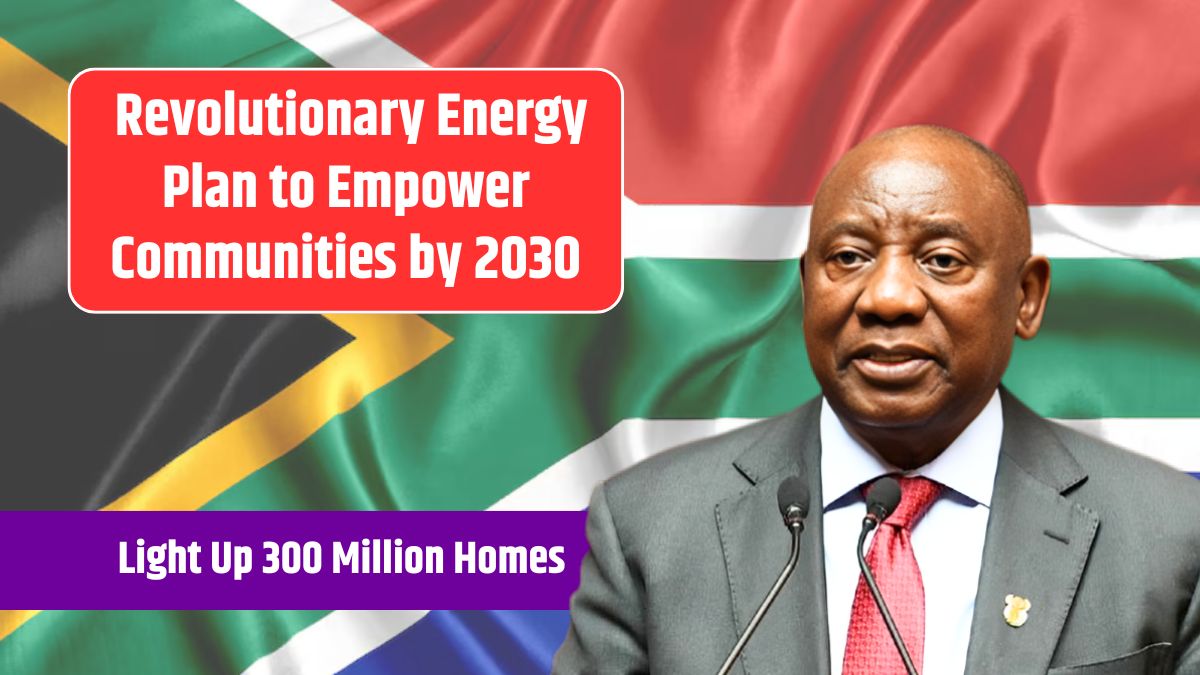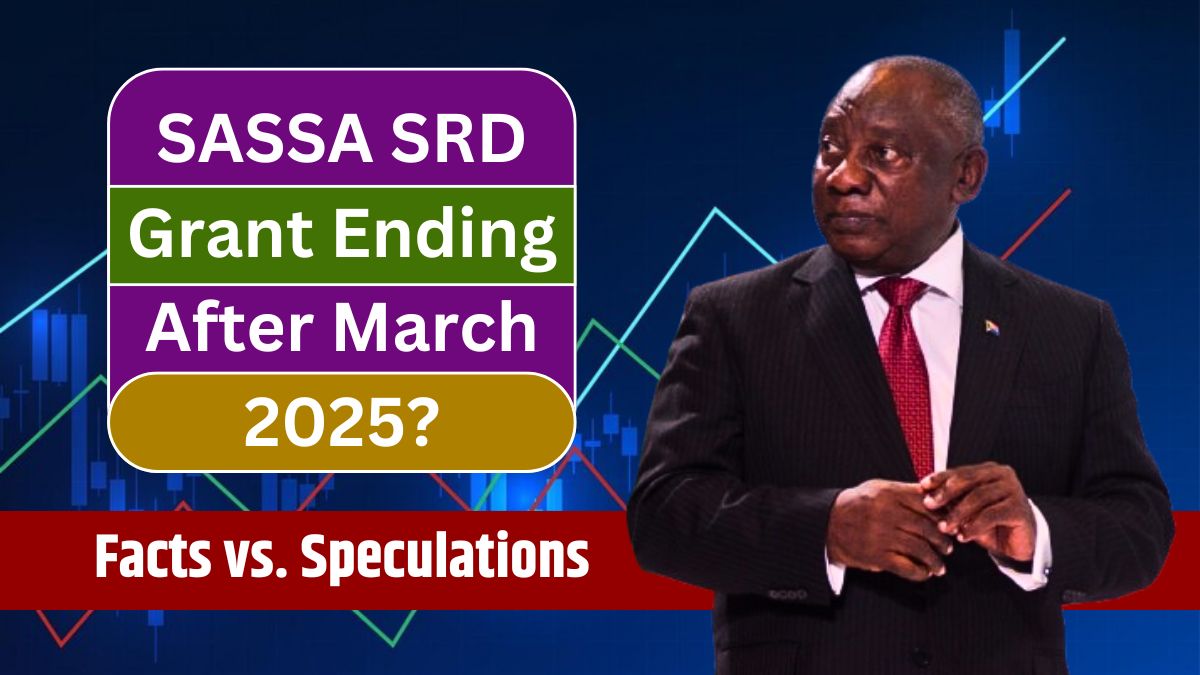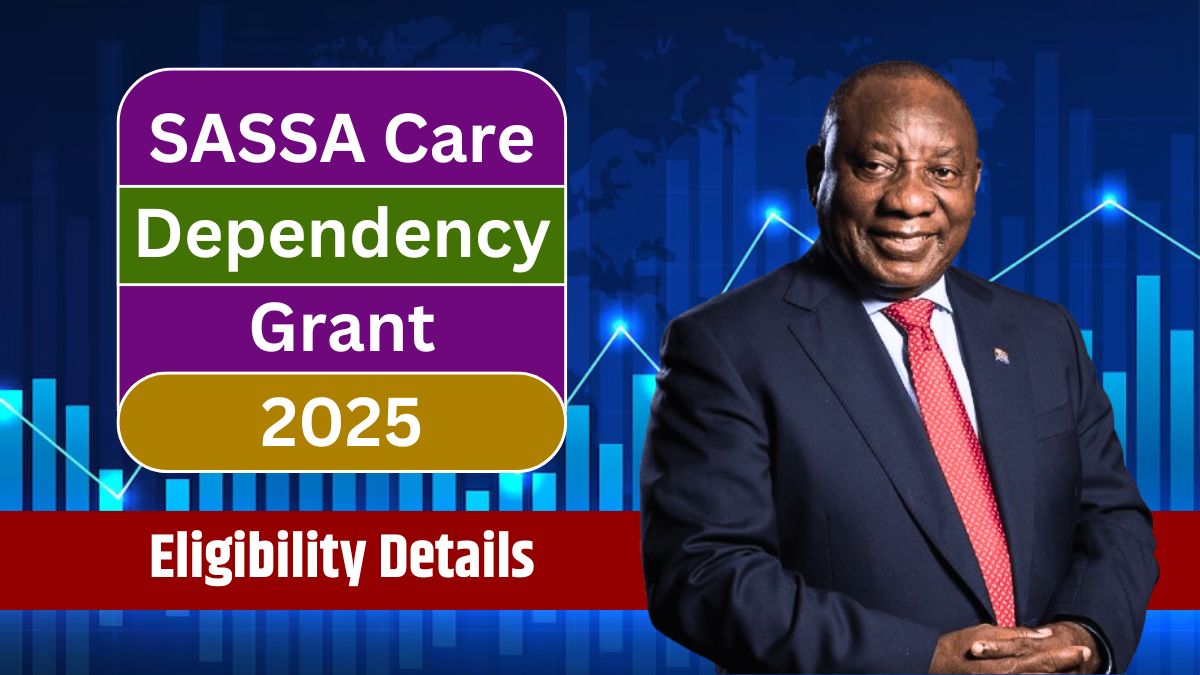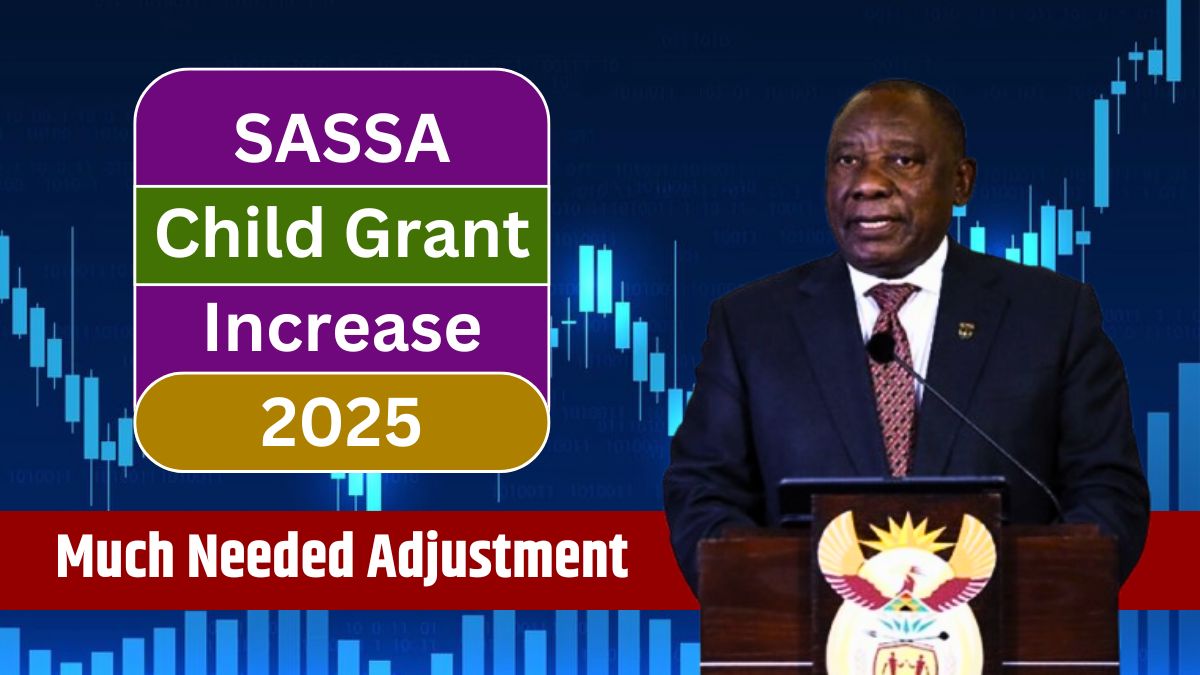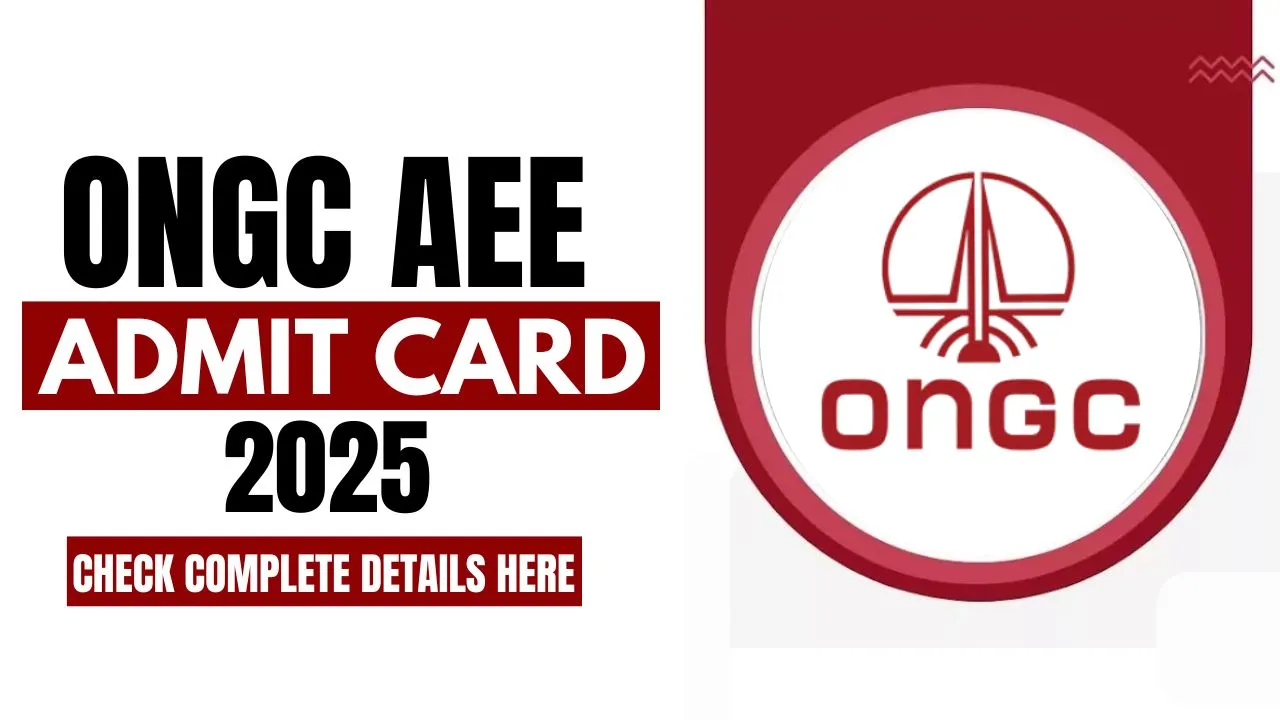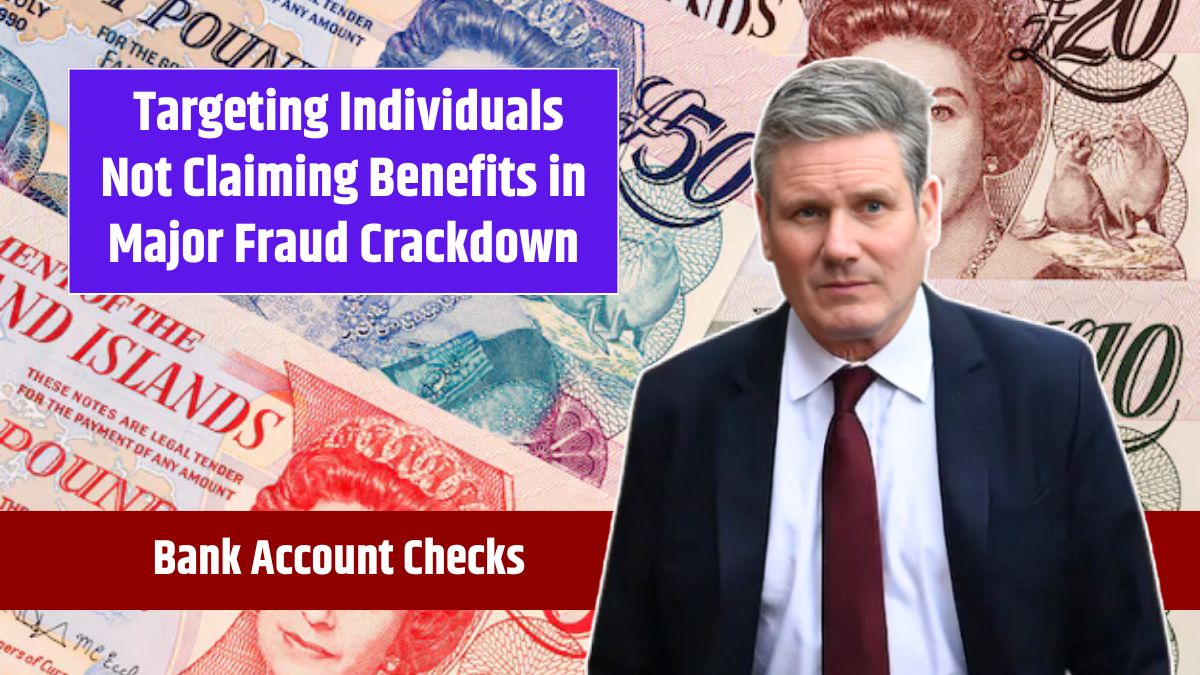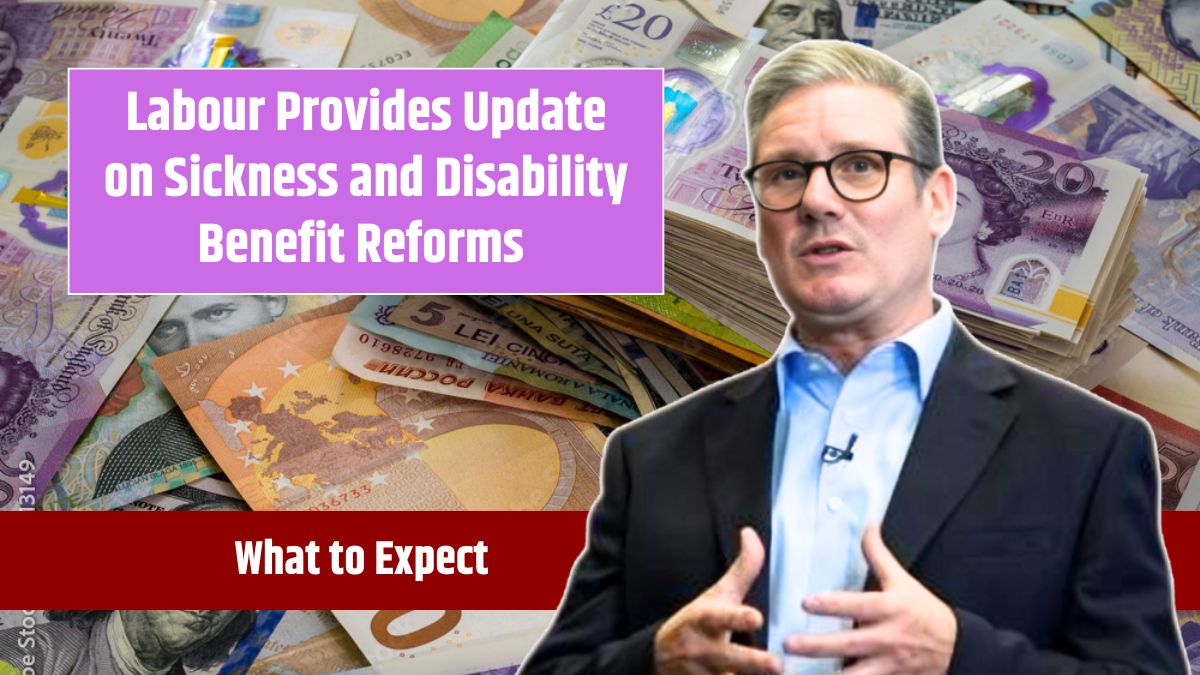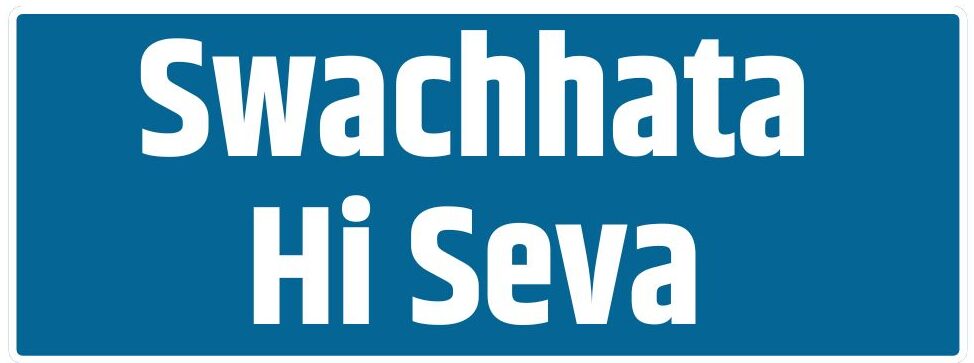The South African Reserve Bank (SARB) is set to introduce a series of interest rate cuts starting in January 2025, aimed at reducing the financial strain on homeowners with active mortgages. These cuts are projected to save the average homeowner up to R1,400 monthly, offering significant relief amid rising living costs. This guide explains who qualifies for these savings, how to maximize the benefit, and what steps homeowners can take to ensure they’re ready.
Why the Rate Cuts Matter
South Africans have faced mounting financial pressure due to inflation and previous interest rate hikes. SARB’s decision to cut rates seeks to:
- Reduce monthly bond repayments for homeowners
- Offer a financial buffer to counter rising costs of living
- Stimulate the economy by increasing disposable income
Although the R1,400 savings are not direct payments, they reflect lower monthly repayments due to reduced interest rates.
Eligibility
To qualify for these savings, homeowners must meet the following criteria:
| Requirement | Details |
|---|---|
| Active Mortgage/Bond | Must have an existing home loan from a South African financial institution. |
| Residency | Homeowners must be South African residents owning property in the country. |
| Good Credit Standing | A solid repayment history ensures eligibility for rate adjustments. |
| Updated Financial Documents | Income statements and loan details should be current with the lender. |
SARB’s Timeline for Rate Cuts
The interest rate cuts will be implemented gradually, reducing the burden on homeowners over time.
| Date | Rate Cut | Cumulative Basis Points |
|---|---|---|
| January 2025 | 25 basis points | 25 |
| March 2025 | 25 basis points | 50 |
| May 2025 | 25 basis points | 75 |
| July 2025 | 25 basis points | 100 |
By mid-2025, the cumulative reduction of 150 basis points could save homeowners up to R1,400 monthly on larger loans.
How to Ensure You Benefit
Homeowners should take these proactive steps to maximize their savings:
1. Contact Your Lender
- Action: Confirm how the rate cuts will affect your mortgage repayments.
- Reason: Banks might have different timelines or processes for adjusting rates on variable-rate loans.
2. Your Loan Terms
- Action: Review whether your mortgage is fixed-rate or variable-rate.
- Reason: Variable-rate loans reflect rate changes immediately, while fixed-rate loans may not.
3. Keep Financial Documents Updated
- Action: Submit current income statements and proof of residence to your lender.
- Reason: Updated records ensure smooth implementation of rate adjustments.
4. Monitor SARB Announcements
- Action: Track updates from SARB and your bank regarding interest rate changes.
- Reason: Staying informed helps you plan your finances better.
Examples of Potential Savings
The impact of these rate cuts varies depending on the size of the loan. Here’s a breakdown:
| Home Loan Amount | Current Monthly Repayment | Estimated Monthly Savings | Annual Savings |
|---|---|---|---|
| R500,000 | ~R4,200 | ~R250 | ~R3,000 |
| R1,000,000 | ~R8,500 | ~R700 | ~R8,400 |
| R1,500,000 | ~R12,800 | ~R1,400 | ~R16,800 |
These calculations provide an estimate; actual savings will depend on individual loan terms and the interest rate applied.
Financial Tips
Here’s how to make the most of your reduced bond repayments:
- Make Extra Bond Payments
- Reduce the principal loan amount to save more on interest over time.
- Review Insurance Policies
- Check for better rates on homeowner’s insurance to lower overall monthly costs.
- Build a Savings Fund
- Use the R1,400 monthly savings to create an emergency fund for unexpected expenses.
The SARB’s interest rate cuts in 2025 offer a golden opportunity for South African homeowners to reduce their financial burdens. By staying informed, maintaining good financial standing, and planning strategically, homeowners can maximize these savings and improve their financial flexibility.
FAQs
Who qualifies for the R1,400 savings?
Homeowners with active mortgages in South Africa.
When do rate cuts start?
The first rate cut is expected in January 2025.
How are savings applied?
Savings automatically adjust through lower bond repayments.
What if I have a fixed-rate loan?
Fixed-rate loans may not reflect rate cuts immediately.
How can I maximize my savings?
Make extra bond payments and review insurance policies.









